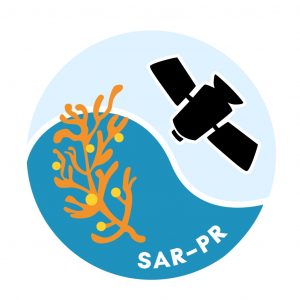
Participating date: January 26, 2023
General Description:
Since 2011, there has been a sudden increase in Sargassum biomass in the tropical Atlantic
and Caribbean Sea with significant accumulation in coastal areas resulting in mangrove
mortality and habitat displacement of benthic ecosystems such as coral reefs and seagrass
beds. Improved monitoring and forecasting capabilities at regional and local scales are
necessary for effective management and decision-making. Satellite remote sensing data
have been used to identify and monitor Sargassum distribution throughout the Greater
Caribbean Region. Current limitations of these studies are the coarse spatial resolution of
these sensors (1 and 4 km for MODIS and others), number of cloud-free observations, and
the reliability of forecasting capabilities. Remote detection of pelagic Sargassum is often
hindered by its spectral similarity to other floating materials and by inadequate spatial
resolution. Higher spectral and temporal resolution sensors are required to enhance
current capabilities.
In response to these challenges, we propose a multi-scale approach to use satellite remote
sensing to enhance and improve the quantity and quality of Sargassum observations that
combines higher spatial and temporal scales required for monitoring short-term Sargassum
impacts to coastal tropical ecosystems. To better understand the potential effects of
Sargassum accumulation, “hot spots” will be identified and metrics of environmental
changes on the ecological community structure will be developed. High-resolution remote
sensing imagery and data provided by NASA’s Commercial Smallsat Data Acquisition
Program (CSDAP) will be leveraged and used to enhance the identified hot spots areas and
evaluate the potential impacts and magnitude of change in near-shore areas using machine
learning techniques, previously unavailable at current moderate resolution spatial scales.
Interested Majors
Marine Sciences
Professor/Advisor
Roy A. Armstrong, Ph.D.
Map and Booth Location
B1-12
